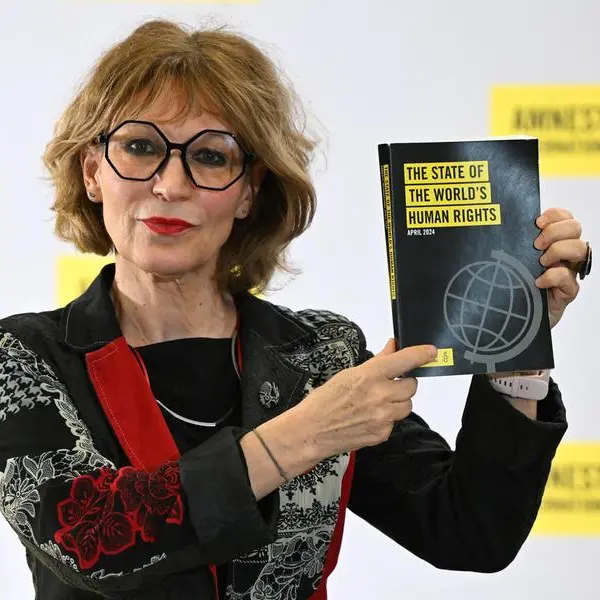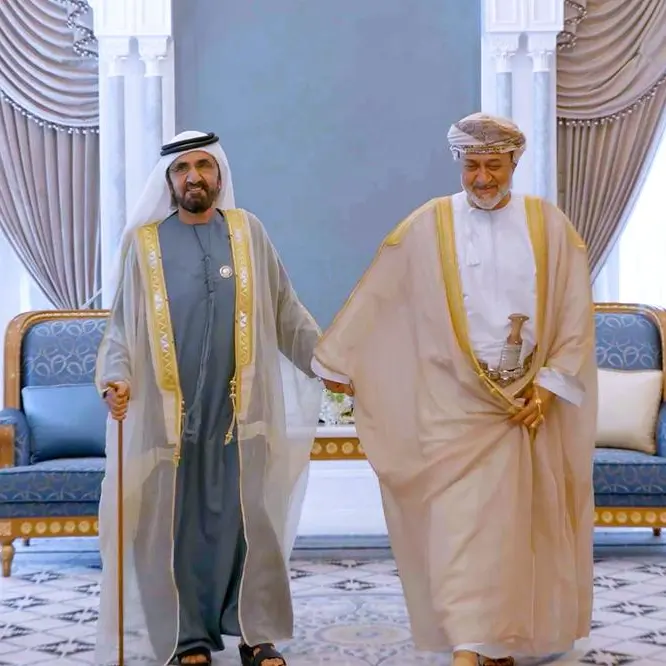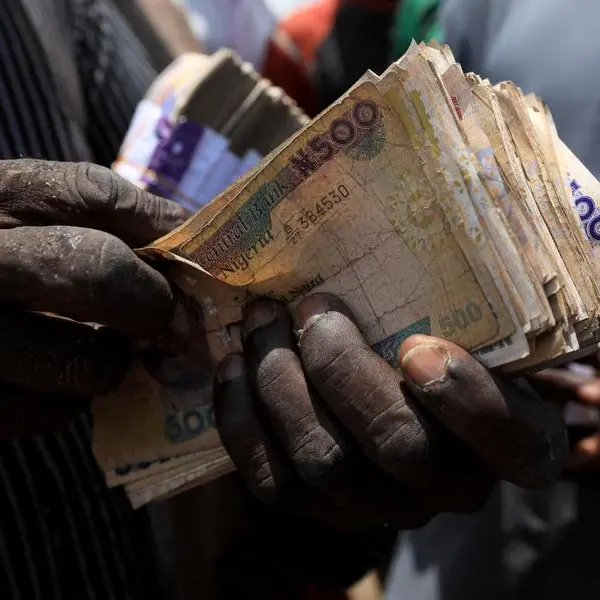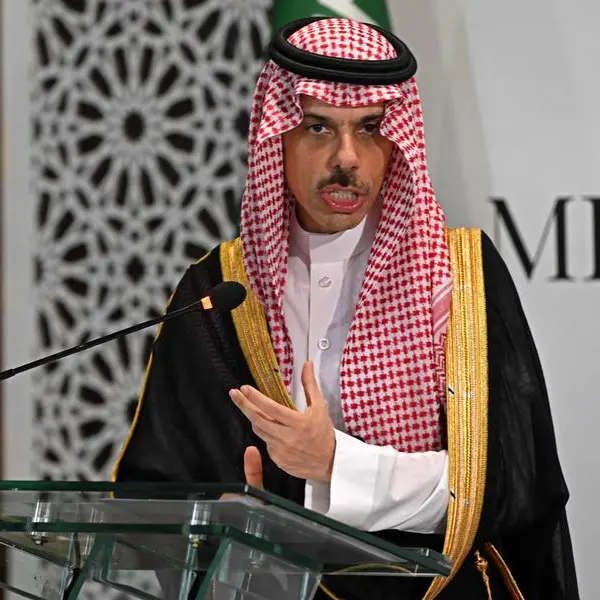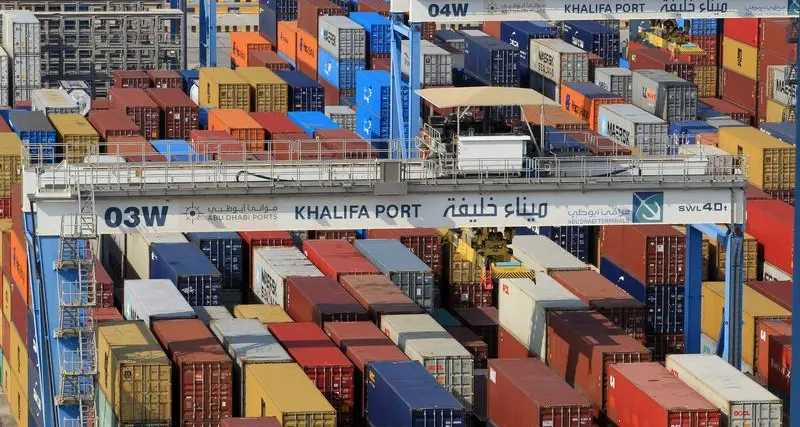NEW YORK - Donald Trump’s approach to dealing with China on trade has set a new high for erraticism. The U.S. president said on Monday that talks are back on with Beijing, just days after escalating tariffs. But his whipsawing makes it hard for counterparties to engage, as the G7 summit meeting in France demonstrated.
Negotiations with Beijing have taken plenty of twists and turns over the past 18 months, but even so, the developments of the past few days were head-turning. After ratcheting up tariffs on $550 billion of Chinese imports on Friday and “ordering” U.S. companies to start looking for alternatives to China, Trump and White House officials sent conflicting signals from the G7 meeting over the weekend. Then on Monday he announced that China was willing to come back to the bargaining table. As an added flourish he said President Xi Jinping, who he had labeled an “enemy” three days earlier, was a “great leader.”
The resumption of talks appears to represent at least a ceasefire. But there have been several of those since the Trump administration first threatened tariffs in March 2018 after accusing Beijing of unfair trade practices over technology transfers and intellectual property. American aims have at times seemed to shift. The latest escalation broke out earlier this month when Trump said China had reneged on a promise to buy more farm goods. The president added to the uncertainty with a tweet on Friday saying Americans “don’t need China,” suggesting the conflict runs far deeper.
That record may explain why markets took only modest comfort from Monday’s news, with the S&P 500 Index up around 1% in early afternoon trading. Trump’s unpredictable behavior has already frustrated America’s allies. Although the president did not disrupt the G7 summit in Biarritz, France and sounded conciliatory about Iran after French President Emmanuel Macron surprisingly invited Tehran’s foreign minister to the gathering, the meeting broke up with no substantive agreements and not even a communique.
China’s lead negotiator, Vice Premier Liu He, called for resolving differences “in a calm attitude.” But Beijing has grounds for thinking they might do better to prolong talks into the 2020 presidential election year, to get better and more reliable terms from Trump or a potential successor. That suggests the president’s chaos theory of negotiation is really a dead end.
CONTEXT NEWS
- U.S. President Donald Trump on Aug. 26 said Chinese trade officials had contacted their American counterparts overnight and offered to return to the bargaining table. Vice Premier Liu He, who has been leading the talks with Washington, said on Aug. 26 that China was willing to resolve the trade dispute through “calm” negotiations and opposed the escalation of the commercial conflict.
- On Aug. 23, Trump announced in a tweet that the United States would impose an additional 5% tariff on some $550 billion of Chinese imports. The move came hours after Beijing announced retaliatory tariffs on $75 billion of U.S. goods. The American president also said U.S. companies were “hereby ordered to immediately start looking for an alternative to China.”
(Editing by Tom Buerkle and Leigh Anderson)
© Reuters News 2019


